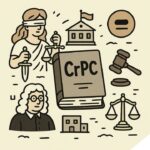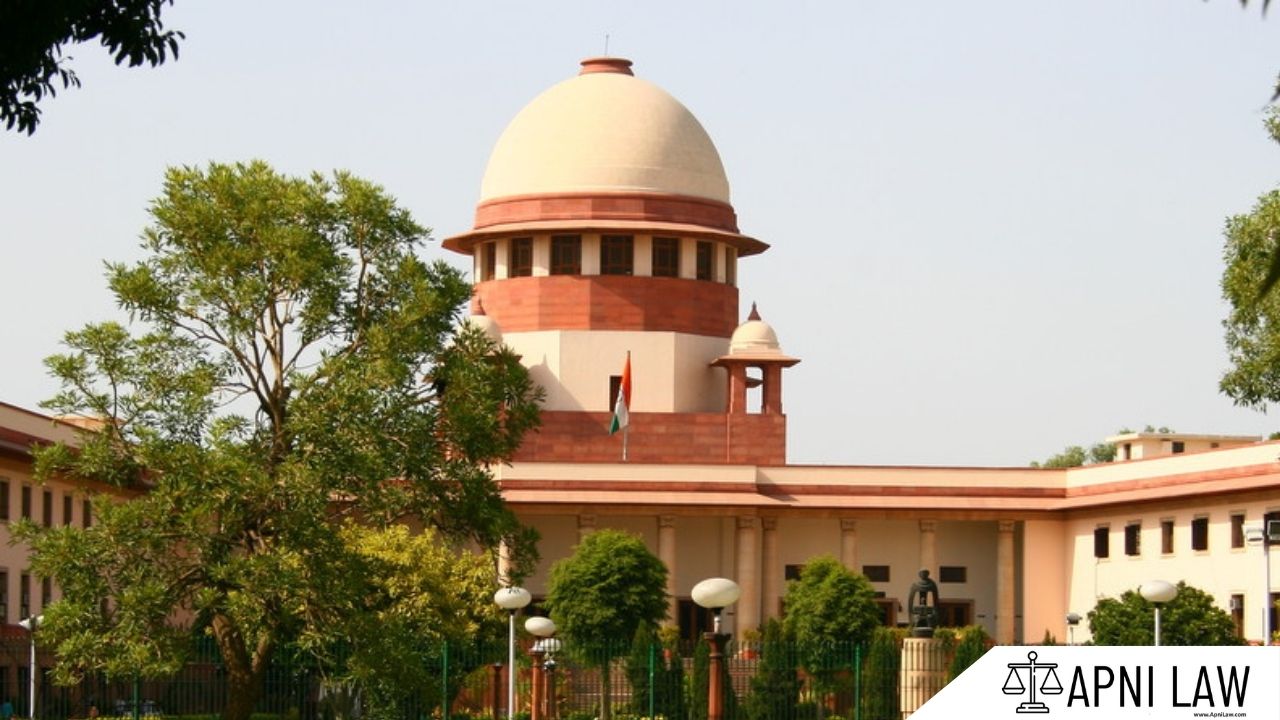Code:
A police officer may of his own authority interpose to prevent any injury attempted to be committed in his view to any public property, movable or immovable, or the removal or injury of any public landmark or buoy or other mark used for navigation.
Explanation:
This section empowers a Magistrate to issue an order to prevent any person from injuring or damaging public property. The Magistrate can take this action. This is only if there is reason to believe that such injury or damage is likely to be caused.
Illustration:
Imagine a group of people planning to vandalize a public park. A Magistrate receives information about this plan. He can issue an order under Section 152. This can prevent these individuals from entering the park and causing damage. This order could include directions like:
- Restricting the individuals from entering the park for a specific period.
- Ordering them to refrain from any actions that could damage the park.
- Mandating the presence of police officers to ensure compliance.
Common Questions and Answers:
Q: What is “public property”?
A: “Public property” refers to any property owned or controlled by the government or any local authority. This includes parks, buildings, roads, and other public infrastructure.
Q: Does the Magistrate need to prove that the person will actually cause damage?
A: No, the Magistrate only needs to have reason to believe that the injury or damage is likely. This means that the Magistrate can act based on credible information or evidence, even if the person has not yet actually caused any damage.
Q: What are the consequences of violating an order under Section 152?
A: A person who violates an order under Section 152 can be punished with imprisonment up to one month, or a fine, or both.








